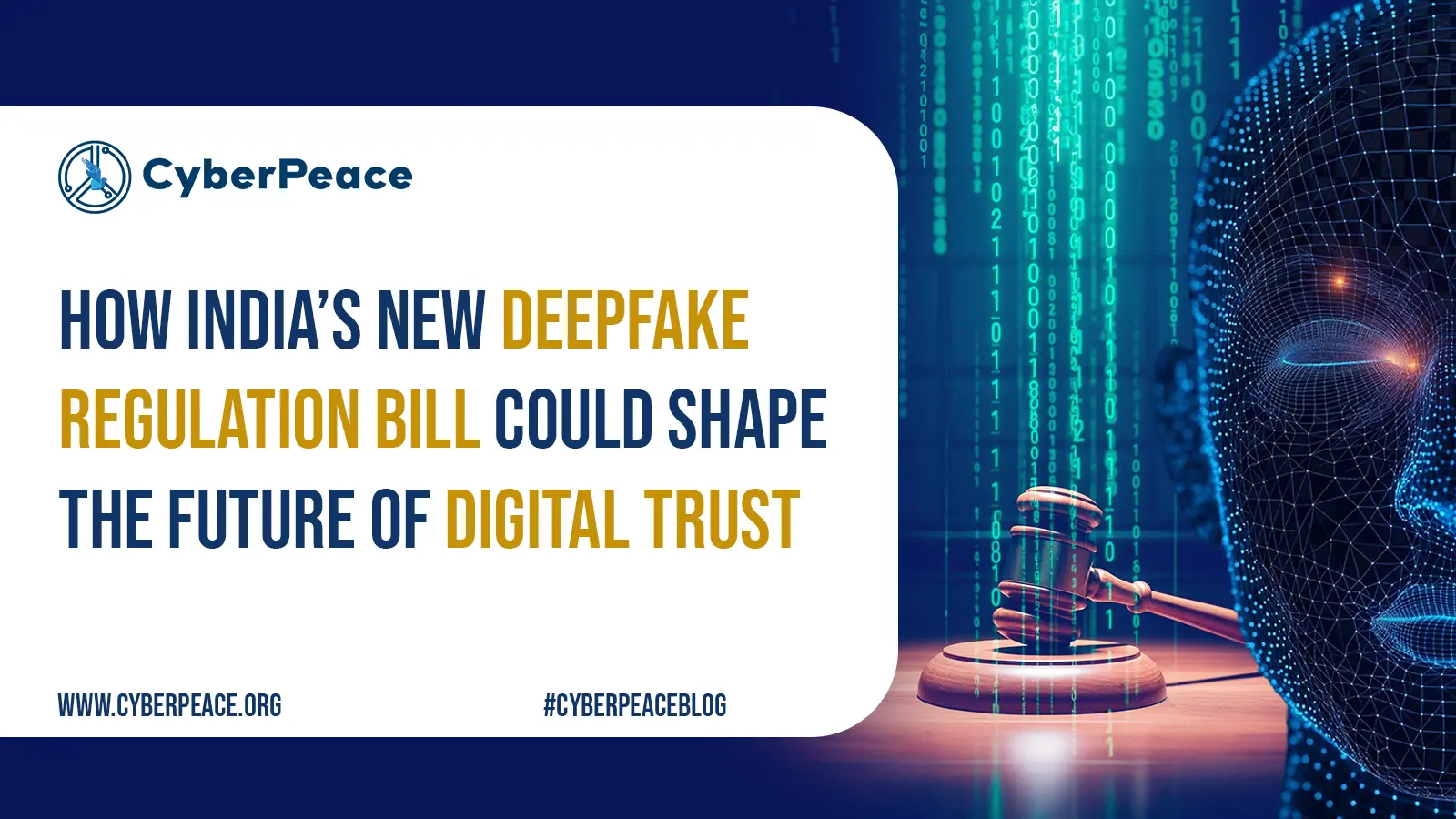Strengthening of IT Protocols at the Apex of India's Economic Sphere
Introduction
Against the dynamic backdrop of Mumbai, where the intersection of age-old markets and cutting-edge innovation is a daily reality, an initiative of paramount importance has begun to take shape within the hallowed walls of the Reserve Bank of India (RBI). This is not just a tweak, a nudge in policy, or a subtle refinement of protocols. What we're observing is nothing short of a paradigmatic shift, a recalibration of systemic magnitude, that aims to recalibrate the way India's financial monoliths oversee, manage, and secure their informational bedrock – their treasured IT systems.
On the 7th of November, 2023, the Reserve Bank of India, that bastion of monetary oversight and national fiscal stability, unfurled a new doctrine – the 'Master Direction on Information Technology Governance, Risk, Controls, and Assurance Practices.' A document comprehensive in its reach, it presents not merely an update but a consolidation of all previously issued guidelines, instructions, and circulars relevant to IT governance, plaited into a seamless narrative that extols virtues of structured control and unimpeachable assurance practices. Moreover, it grasps the future potential of Business Continuity and Disaster Recovery Management, testaments to RBI's forward-thinking vision.
This novel edict has been crafted with a target audience that spans the varied gamut of financial entities – from Scheduled Commercial Banks to Non-Banking Financial Companies, from Credit Information Companies to All India Financial Institutions. These are the juggernauts that keep the economic wheels of the nation churning, and RBI's precision-guided document is an unambiguous acknowledgment of the vital role IT holds in maintaining the heartbeat of these financial bodies. Here lies a riveting declaration that robust governance structures aren't merely preferred but essential to manage the landscape of IT-related risks that balloon in an era of ever-proliferating digital complexity.
Directive Structure
The directive's structure is a combination of informed precision and intuitive foresight. Its seven chapters are not simply a grouping of topics; they are the seven pillars upon which the temple of IT governance is to be erected. The introductory chapter does more than set the stage – it defines the very reality, the scope, and the applicability of the directive, binding the reader in an inextricable covenant of engagement and anticipation. It's followed by a deep dive into the cradle of IT governance in the second chapter, drawing back the curtain to reveal the nuanced roles and defiant responsibilities bestowed upon the Board of Directors, the IT Strategy Committee, the clairvoyant Senior Management, the IT Steering Committee, and the pivotal Head of IT Function.
As we move along to the third chapter, we encounter the nuts and bolts of IT Infrastructure & Services Management. This is not just a checklist; it is an orchestration of the management of IT services, third-party liaisons, the calculus of capacity management, and the nuances of project management. Here terms like change and patch management, cryptographic controls, and physical and environmental safeguards leap from the page – alive with earnest practicality, demanding not just attention but action.
Transparency deepens as we glide into the fourth chapter with its robust exploration of IT and Information Security Risk Management. Here, the demand for periodic dissection of IT-related perils is made clear, along with the edifice of an IT and Information Security Risk Management Framework, buttressed by the imperatives of Vulnerability Assessment and Penetration Testing.
The fifth chapter presents a tableau of circumspection and preparedness, as it waxes eloquent on the necessity and architecture of a well-honed Business Continuity Plan and a disaster-ready DR Policy. It is a paean to the anticipatory stance financial institutions must employ in a world fraught with uncertainty.
Continuing the narrative, the sixth chapter places the spotlight on Information Systems Audit, delineating the precise role played by the Audit Committee of the Board in ushering in accountability through an exhaustive IS Audit of the institution's virtual expanse.
And as we perch on the final chapter, we're privy to the 'repeal and other provisions' of the directive, underscoring the interplay of other applicable laws and the interpretation a reader may yield from the directive's breadth.
Conclusion
To proclaim that this directive is a mere step forward in the RBI's exhaustive and assiduous efforts to propel India's financial institutions onto the digital frontier would be a grave understatement. What we are witnessing is the inception of a more adept, more secure, and more resilient financial sector. This directive is nothing less than a beacon, shepherding in an epoch of IT governance marked by impervious governance structures, proactive risk management, and an unyielding commitment to the pursuit of excellence and continuous improvement. This is no ephemeral shift - this is, indisputably, a revolutionary stride into a future where confidence and competence stand as the watchwords in navigating the digital terra incognita.


















